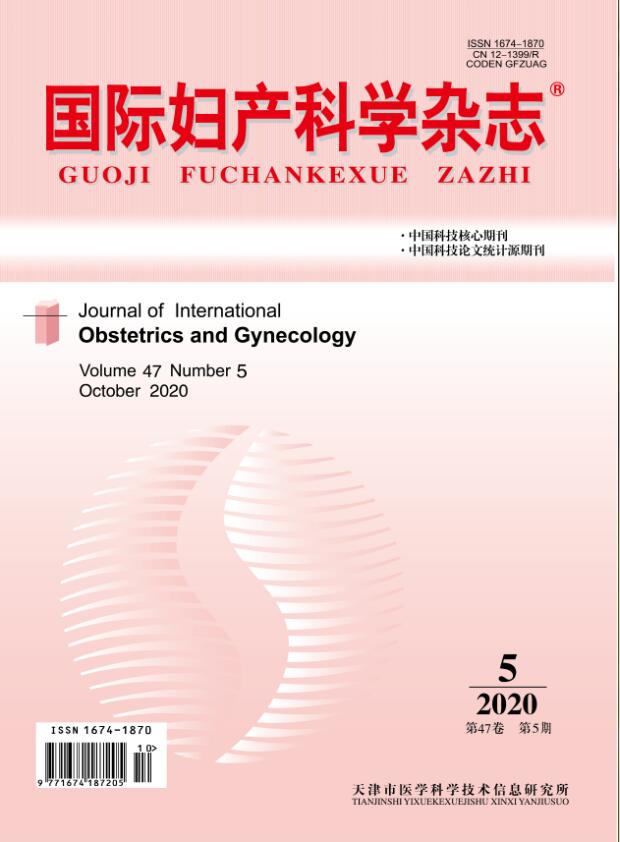|
|
Risk Factors of Deep Venous Thrombosis in Patients with Endometrial Cancer during Perioperative Period
DU Jing-ran,WANG Yan,YANG Yong-xiu
2019, 46 (2):
150-153.
Objective:To investigate the risk factors of deep venous thrombosis in patients with endometrial cancer during perioperative period. Methods: A retrospective analysis of 516 cases of endometrial cancer diagnosed in the First Hospital of Lanzhou University from February 2013 to July 2018, 41 patients with deep venous thrombosis of lower extremity were selected as experimental group and 41 patients in the same period with endometrial carcinoma as control group. The two groups were compared in general condition, preoperative laboratory examination, intraoperative status and postoperative pathology. Results: Univariate analysis showed hypertension (P=0.012), diabetes (P=0.018), body mass index (BMI, P=0.028), platelets >300×109/L (P=0.018), cholesterol (P=0.000), D-dimer (P=0.023), operative time (P=0.025), intraoperative bleeding (P=0.029), lymph node metastasis (P=0.012), tumor differentiation (P=0.018), and tumor staging (P=0.002) showed statistically significant differences between two groups. Logistic regression analysis showed that patients with hypertension, patients with BMI>27 kg/m2, platelet count>300×109/L, increased operative time, increased bleeding, increased lymph node metastasis, low tumor differentiation, tumor FIGO staging are high risk factors for deep venous thrombosis in patients with endometrial cancer. Conclusions: For endometrial cancer patients with hypertension, BMI>27 kg/m2, platelet count>300×109/L, increased operative time, increased intraoperative blood loss, lymph node metastasis, low degree of tumor differentiation and late FIGO stage, it is necessary to control the above risk factors during the perioperative period and adopt other methods to prevent lower limb deep vein thrombosis.
Related Articles |
Metrics
|

